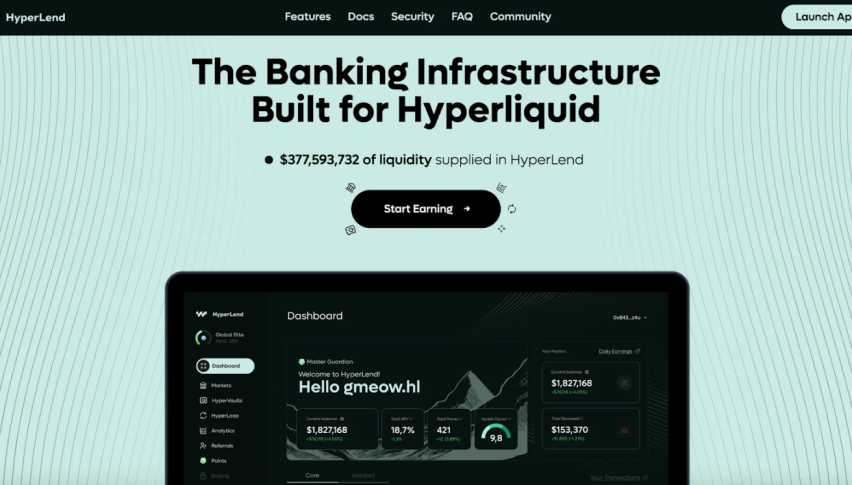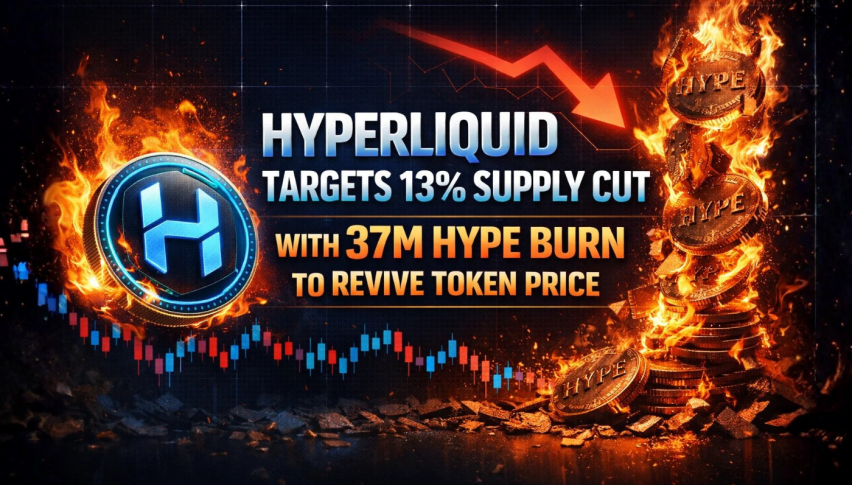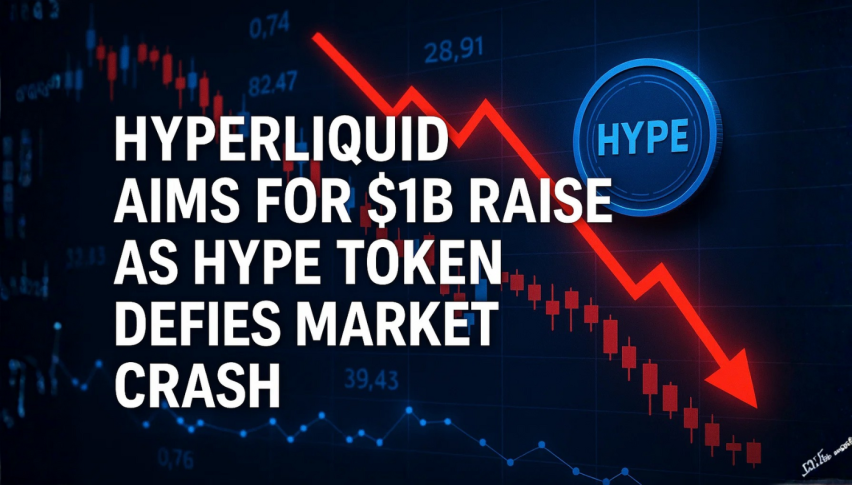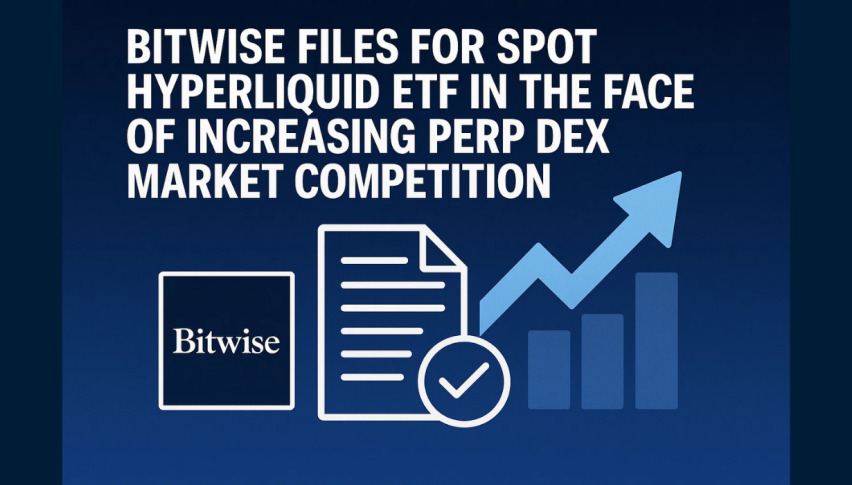Hyperliquid Havoc: $10 Billion Longs Wiped Out in Brutal Liquidity Crash
The Hyperliquid exchange exemplified significant issues during a recent market downturn.

Quick overview
- Hyperliquid exchange faced severe challenges during a recent market downturn, with $10 billion in liquidations reported in just 24 hours.
- The panic selling overwhelmed Hyperliquid's order books, leading to significant slippage and prolonged liquidation times.
- A combination of high leverage, low liquidity, and external factors like tariffs contributed to a staggering $19 billion loss in positions.
- The trading environment was particularly inactive due to the timing of events, resulting in concentrated liquidations in smaller altcoins.
The Hyperliquid exchange exemplified significant issues during a recent market downturn.
According to CoinGlass, Hyperliquid experienced the highest dollar-value trades liquidated during a 24-hour selloff, totaling $10 billion, despite being smaller than its competitor, Binance. The exchange struggled with low liquidity and prolonged liquidation times.

The panic selling overwhelmed Hyperliquid’s order books, which were designed for fast and high-volume perpetual trading on its Layer 1 chain. As prices fell below critical levels, bids evaporated (for example, Bitcoin collapsed to $110,000), resulting in slippage of over 5% on $1 million trades.
This created a vicious cycle: declining prices led to margin calls, which forced sales that further drove down prices and caused additional liquidations. While HLP Vault liquidators earned around $40 million in fees, the platform’s auto-deleveraging (ADL) mechanism was activated aggressively, prioritizing market stability but causing significant pain for long positions.
Additionally, the tariffs recently announced by President Donald Trump significantly contributed to the decline in cryptocurrency prices, resulting in a loss of $19 billion in positions. Several factors exacerbated what could have been a more manageable liquidation of assets, including increased leverage, automatically triggered sales, and a lack of liquidity at off-peak trading times. From Saturday morning in Asia to Saturday afternoon in the US, traders, executives, and market-data analysts scrambled to determine who had incurred losses. CoinGlass reported that more than 11.6 million traders were liquidated.
Investigations involving prominent market makers and investors found no evidence of a so-called “whale” causing the crash; however, many believed that someone must have been responsible. Unlike traditional markets, margin calls in cryptocurrency operate differently—algorithms automatically sell assets when collateral levels fall. Thus, while the continuous market structure facilitates round-the-clock trading, it also allows volatility to lead to rapid accumulation of losses
. The trading environment was particularly inactive because Trump’s announcement coincided with a US holiday weekend, occurring after US markets had closed but before most traders in Europe and Asia were awake. Consequently, liquidations were largely concentrated in smaller coins, known as altcoins, beyond Bitcoin and Ether. Leverage is typically higher, and liquidity is much lower in these less familiar tokens.
- Check out our free forex signals
- Follow the top economic events on FX Leaders economic calendar
- Trade better, discover more Forex Trading Strategies
- Open a FREE Trading Account


